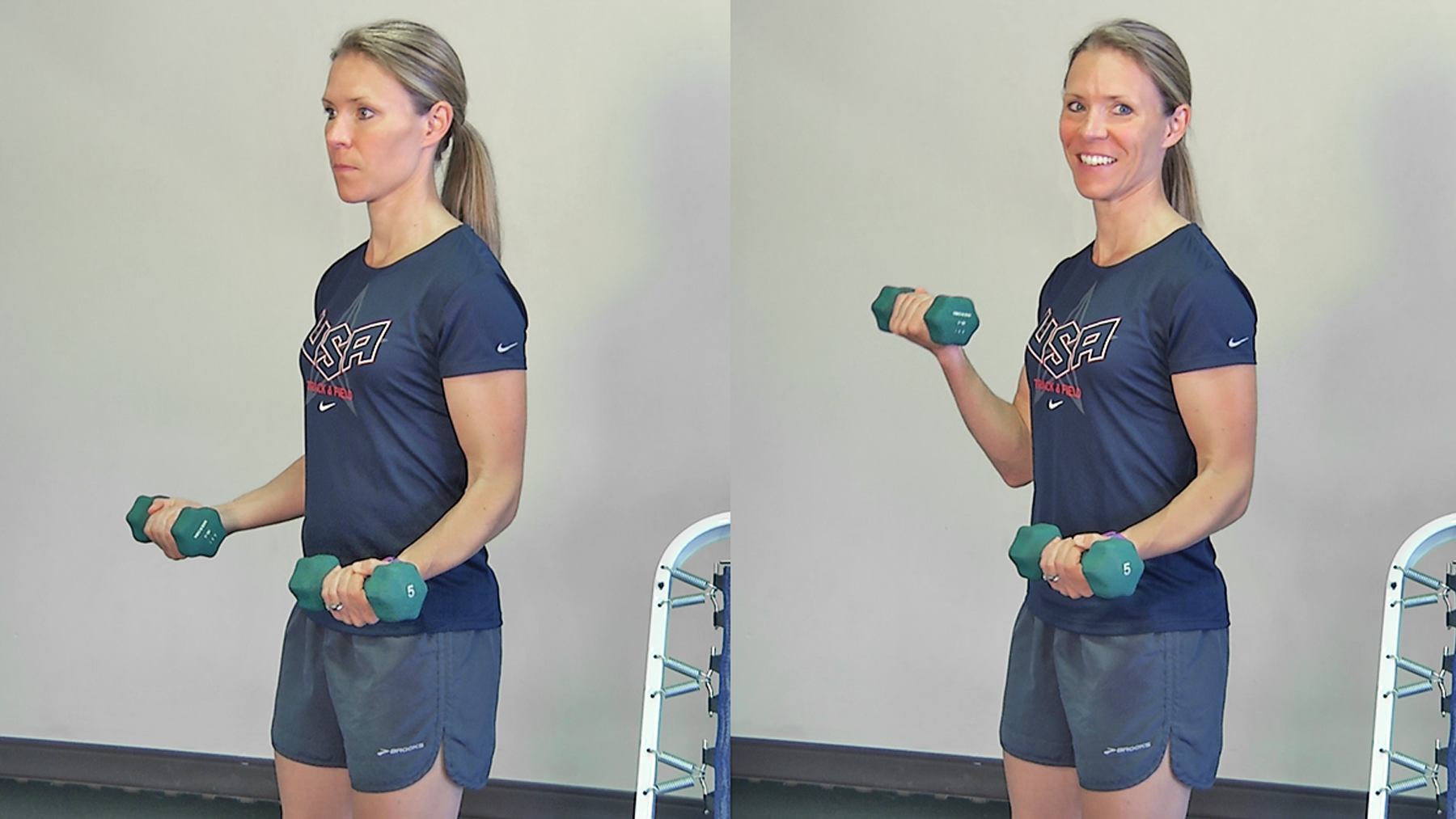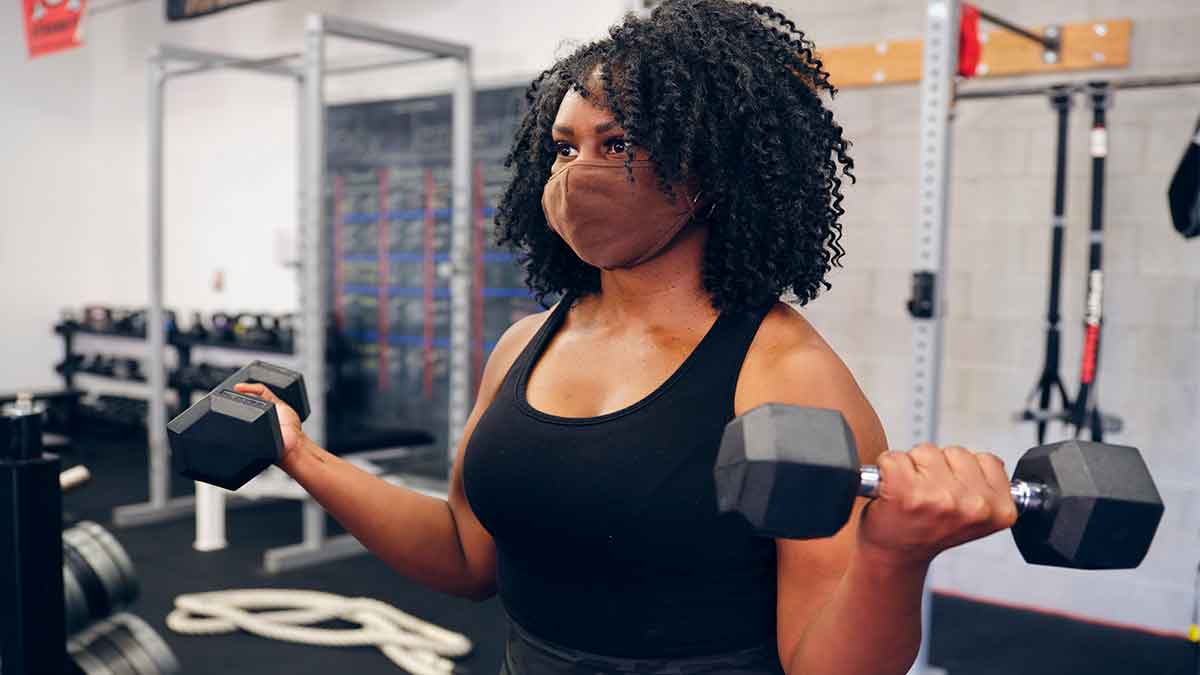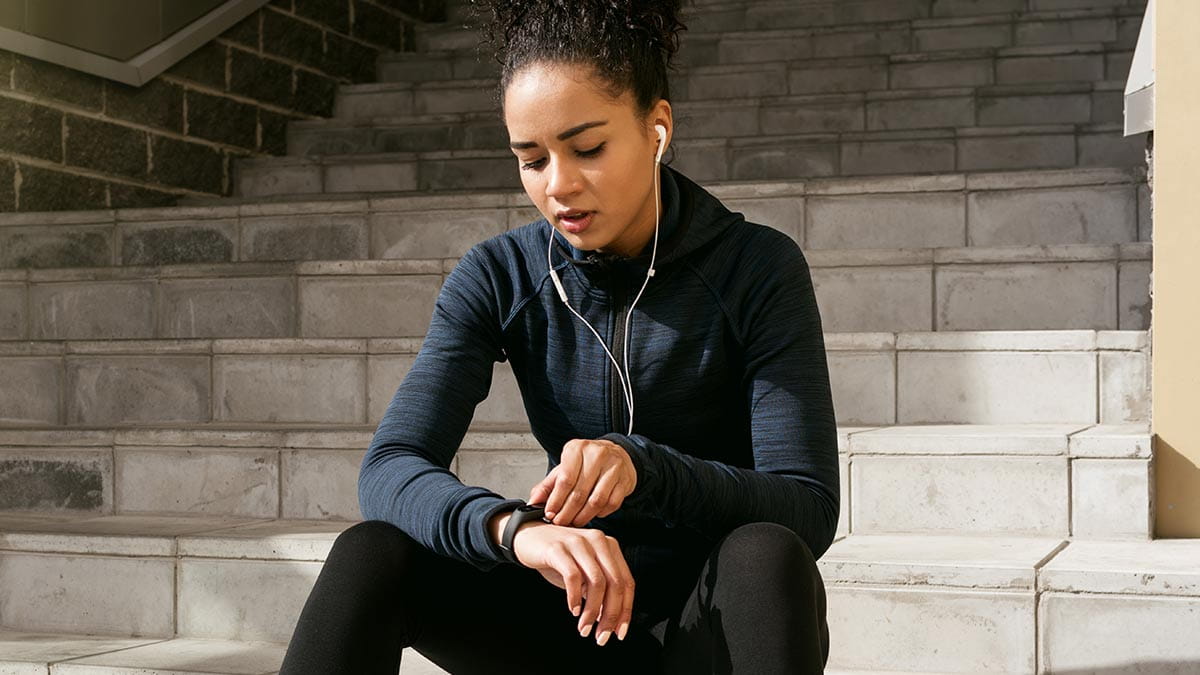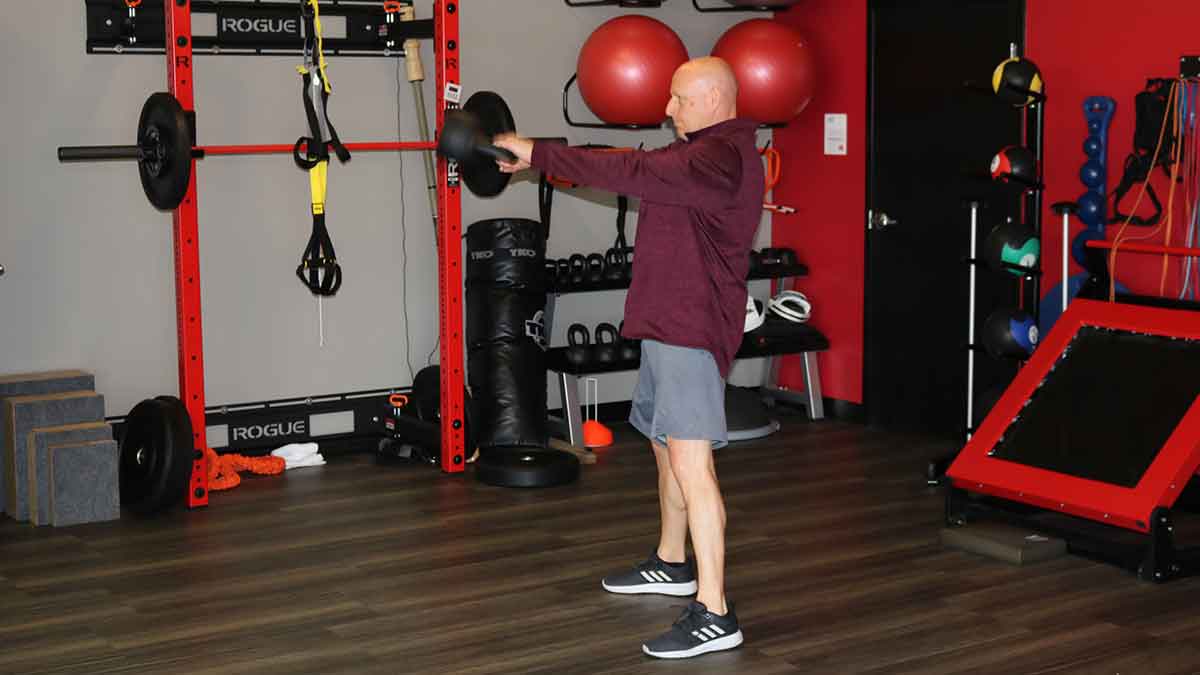Insider tips for exercising like an Olympian

So, you didn’t go to Rio to compete against other top athletes from around the world.
But if you have the goal to be in your best physical form, our doctor who helps coordinate medical care for U.S. Olympic athletes has the inside scoop on what it takes to get your body in optimum shape—using the same techniques as Olympians.
Timothy Miller, MD, director of the OSU Sports Medicine Endurance Medicine Program, says Olympic competitors perform repetitive activities day in and day out, just like endurance athletes—that’s those of you who run, bike or swim long races or participate in fitness competitions. (Maybe some of you ride in the Pelotonia bike tour to raise money to fight cancer! Yea for you!)
Dr. Miller, a volunteer physician for the U.S. Olympic Committee and team physician for The Ohio State University track and field team, works with Olympic athletes at the Colorado Springs Olympic Training Center, applying his knowledge about endurance medicine to help design treatment plans for recovery, injury prevention and performance optimization.
Conditioning, interval training and explosive exercises like plyometrics all provide new challenges to an athlete’s body, Dr. Miller explains. "There is a true science to utilizing these techniques most effectively."
These are some of the latest and most effective techniques to enhance the skills of superstar athletes.
The moves are demonstrated in the videos by physical therapist Melissa Gallatin, the team lead for our Endurance Medicine Program. She was a member of the 2007 U.S. track and field club cross country championship team and still runs competitively in 5Ks and 10Ks.
Give them a shot yourself:
Eccentric exercises
This is the downward motion of a bench press, biceps curl or squat—sometimes referred to as “getting the negative” part of your lift. The muscle stays constantly contracted while it gradually lengthens. Power lifters do this to strengthen their calves, Achilles tendons and biceps. It makes them strong, but not super bulky, in a short time. This is the most efficient form of strength training.
Do it at home:
- Do a biceps curl with a light hand weight (3 or 5 pounds) or small soup cans. Stand with your feet shoulder-width apart, elbows at your sides and forearms at a 90-degree angle from your body, with your palms and weights facing up. Hold your left arm steady.
- Lift your right arm toward your shoulder for a count of 2 to 3 seconds, keeping your elbow at your side.
- Lower the weight slowly and with control for a count of 3 to 5 seconds, keeping your muscles contracted. (This is the eccentric phase of the exercise.)
- Alternate arms for a total of 12 to 15 repetitions on each arm, and perform the whole set 2 to 3 times.
Isometric strengthening
In these exercises, your muscles contract and tighten, but they don’t actually move. Gymnasts do them for conditioning and strength training. You’ll feel the burn with this one!
Do it at home
This exercise called a hip abduction improves pelvic stability, which is good for many sports.
- Stand with your side to the wall with an exercise ball between your hip and the wall.
- With your knee raised and bent at a 90-degree angle, push your leg into the ball, holding the pressure for about five seconds.
- Release and then repeat with the leg bent at a 45-degree angle.
- Repeat several times on both legs.
Plyometric training
Jump on boxes of various heights (18 inch, 24 inch, 36 inch), one by one. These are not long workouts, but they build strong, explosive power. High jumpers, pole vaulters, gymnasts, sprinters and basketball players all find this movement helpful. Most gyms have boxes of varying heights you could use. Otherwise, you could use stairs, concrete blocks or a picnic table.
Do it at home:
- Stand with feet slightly wider than shoulder-width apart, knees bent.
- Using your arms to help generate power, jump on the box, landing softly on two feet, knees flexed. Keep your hands in front of you for balance.
- Jump back down to the starting position.
- From that position, jump onto a taller box, then back to the ground, varying the height of the box to increase the intensity of the workout.
- Repeat 10 times for a total of 3 sets.
Multiple moves in one exercise or motion
Gymnasts use this technique to isolate three or more different muscle groups in one move. The exercises commonly encompass movements of both the upper and lower body in the same move. This technique requires a great deal of control and coordination, so start with light weights at first.
Do it at home:
- Hold a dumbbell in your hand, step forward to do a lunge and then do an overhead press when you come out of the lunge.
Interval training
Cyclists and distance runners can become bored with training, so they change up their scenery by implementing short bursts of high-intensity workouts within a longer workout—a few seconds to a minute in an aerobic workout. This also is called a fartlek workout, which means “speed play” in Swedish.
Do it at home:
For a 30-minute walk or jog
- Begin with a 10-minute warm-up at a gentle-paced run or walk around your neighborhood. Keep track of your time.
- Once you’re warmed up, sprint or walk fast between two fixed objects (mailboxes, telephone poles, etc.), then return to your regular pace for the distance of two to three mailboxes.
- Sprint or walk fast again, continuing the same interval pattern for 10 minutes.
- Finally, return to your regular pace for 10 minutes. Then cool down for a few minutes with a slower run or walk.
For a 30-minute bike ride
- Pedal casually for a 10-minute warm-up.
- Increase the pace for 30-second sprints, pedaling as fast as you can, followed by one minute of slow pedaling for a total of 10 minutes.
- Cycle for 10 minutes at a comfortable pace and end with a cool-down.
BONUS: Dr. Miller recently shared personal training and dieting tips for a long event.
As with all intense workouts, be sure your physician is aware of what you are doing.







